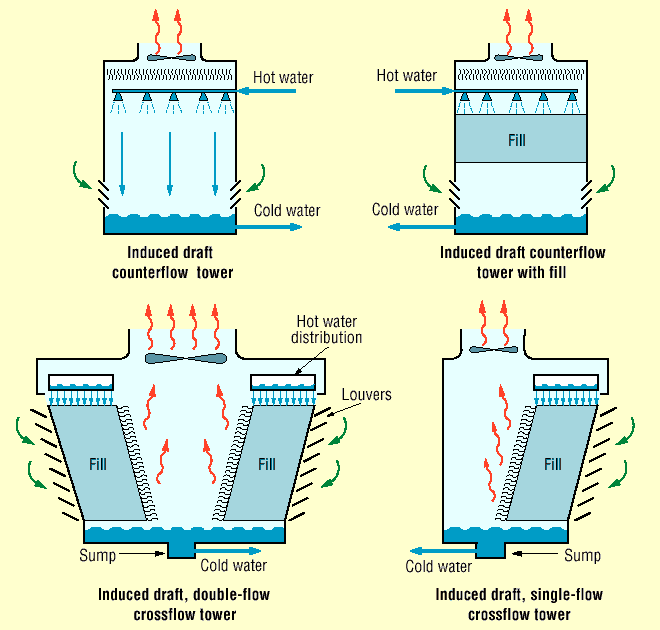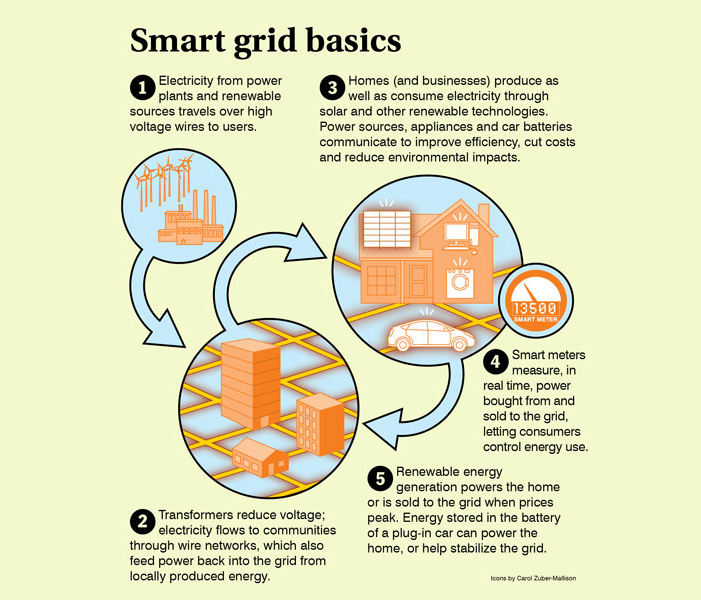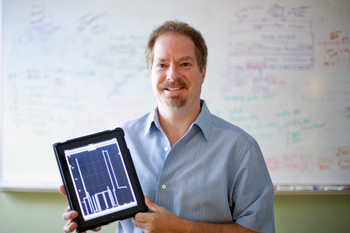If you are anything like me you would love to swap out you gas guzzling car and switch it out for an electric car. However it is hard for me to give up style and the level of convenience that gas cars offer by not needing to charge after extensive use. Over the past couple of years have started to make more appealing electric cars and it appears as if they are in the process of eliminating the need to plug in to charge as well. This technology wouldn't only be for cars but it will be used in trucks, light rails and buses as well.
 Bombardier is an international transportation company that specializes in manufacturing trains, planes and transportation technology. Bombardier's PRIMOVE technology will use a principle of inductive power transfer eliminating the need for plugs, wires and overhead cables. Simply stated its power produced by high frequency currents that create a magnetic field that in turn makes voltage. In fact, If you have owned an electric toothbrush or a cell phone that sits on a charging plate than you have used inductive power transfer technology. Actually this isn't the first attempt at this type of technology in a vehicle but what makes this ground breaking is the way its is being used and the variety of application is what makes it ground breaking.
Bombardier is an international transportation company that specializes in manufacturing trains, planes and transportation technology. Bombardier's PRIMOVE technology will use a principle of inductive power transfer eliminating the need for plugs, wires and overhead cables. Simply stated its power produced by high frequency currents that create a magnetic field that in turn makes voltage. In fact, If you have owned an electric toothbrush or a cell phone that sits on a charging plate than you have used inductive power transfer technology. Actually this isn't the first attempt at this type of technology in a vehicle but what makes this ground breaking is the way its is being used and the variety of application is what makes it ground breaking.
The concept is best displayed below.
The way it would work is the prefabricated and tested modules can easily be integrated into any ground surface and the system can be fitted onto any new or existing rail or road. It has no moving parts and only a small number of components, all of which are buried underground and hidden under the vehicle. With the way the vehicles are retrofitted there is no need for wires or any contact of any type in order for recharging to take place. This allows recharging to either take place while the car is in motion passing over inductive segments embedded into the road or track or at rest. For mass transit vehicles high power charging stops are integrated into the route. Thanks to the intelligent vehicle detection capabilities it makes the charging process fully automated, recharging is driver-friendly and hassle-free, requiring no training for use. This makes charging frequent, quick and seamless.














